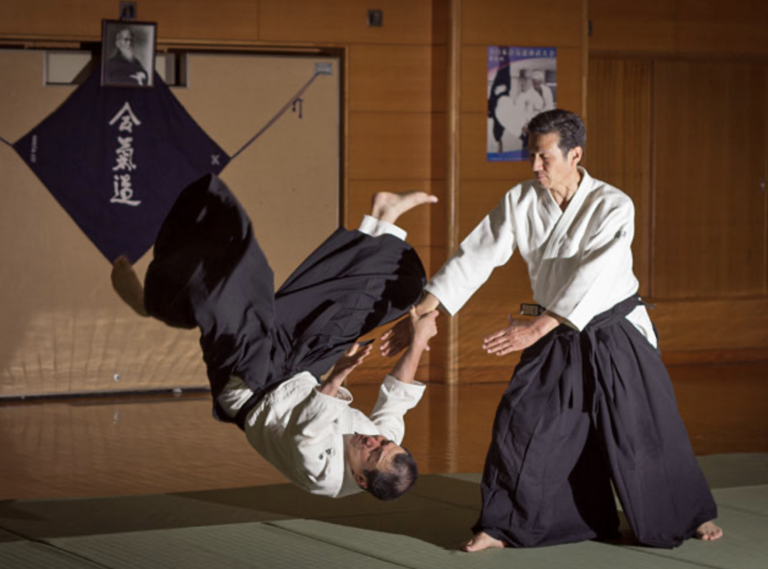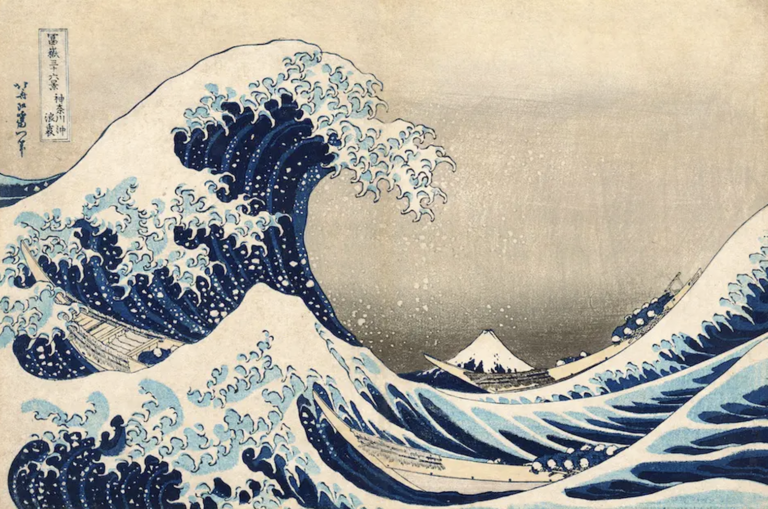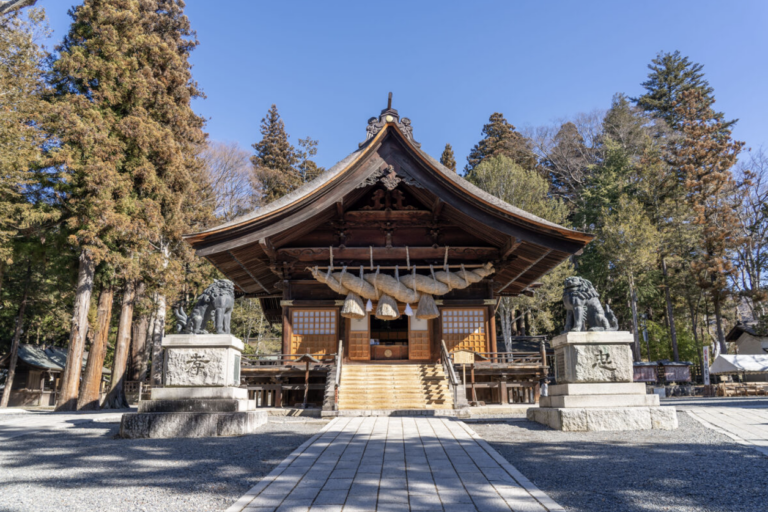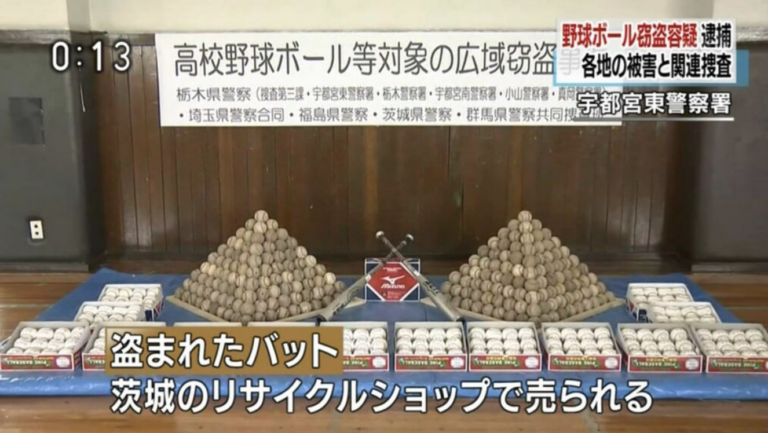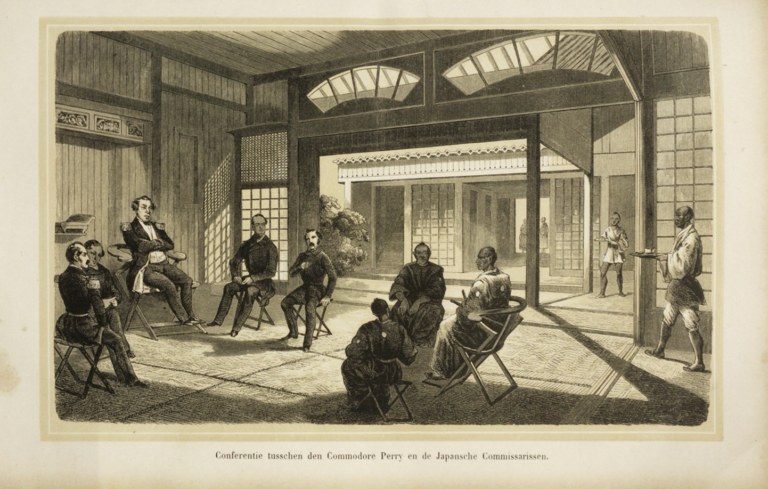A nice mix of Japan and Western culture. Matching a kimono with boots is a big name in history
Japan is about to enter graduation season.
At this time of year, you can see women in hakama.
What? What is the difference from a kimono?
The base is the same as the kimono, but what is worn from the top of the kimono to the waist to the bottom is called hakama.
It may be easier to understand by looking at this full-body photo.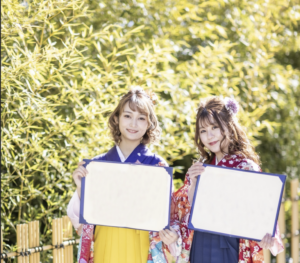
Take a good look at your feet. You’re wearing boots, aren’t you?
Boots that are not part of Japan culture. However, this combination is very nice.
It is such a natural combination that boots are included in the hakama.
This mix of Western culture and ancient Japan culture actually started quite a long time ago.
In the 1870s, the era of the samurai was over, and a new culture of Western Europe began to enter at once.
Until then, the culture of sitting on tatami mats changed to sitting on chairs.
At that time, the uniform of the women in the school was hakama.
At a time when it was still rare for women to go to school, the only women who could go to school were those of the privileged class, and it was the dream of many women.
They became what we now call fashion leaders, and they devised a combination with boots to make their uniforms look cute.
Later, in the late 1970s, a manga called “Haikara-san Passes” became popular.
Haikara is an old word that means a fashionable person who imitates the Western style.
The main character, a girl, wanted to match her hakama with boots.
Since times have changed, it has become quite normal for women to go to school, and it has become popular to participate in graduation ceremonies in hakama + boots because they want to participate in graduation ceremonies in a cute appearance, and this trend continues to this day.
By the way, hakama was worn by men.
And this one is combined with boots. Ryoma Sakamoto.
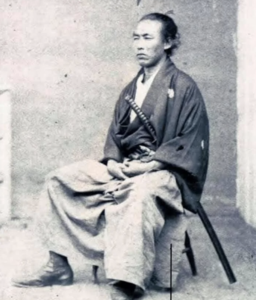
Oh, you’re wearing boots!
He was active at the end of the samurai era and was an important figure who led Japan into a new era.
He died in an assassination, but if you work backwards from there, it seems that he has been wearing boots since the beginning of the 1860s.
Ryoma Sakamoto is the first Haikara-san.
If you wear a normal kimono, your feet will be sandals, but if you don’t get used to this, your feet will hurt a lot.
Then, wouldn’t this figure with hakama and boots be perfect for renting and walking around the city as a souvenir of your trip to Japan?
I hope you will come and become Haikara-san in Japan.
ABE KENGO


